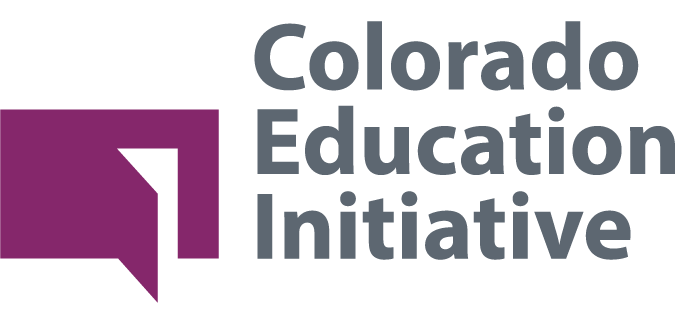Colorado Students Demonstrate Next Generation Learning
April 11, 2017
A contingent of education professionals from throughout the country recently visited Colorado to participate in a Next Generation Learning tour. Their mission: See firsthand what a classroom looks like where students take charge of their learning, then travel home with ideas for moving learning forward in a new way.
On March 20 and 21, more than 30 teachers, philanthropic partners, and other members of the education community toured Martinez and Trailblazer elementary schools in Colorado Springs, and Conrad Ball Middle School in Loveland. The group discovered how a vision to incorporate Next Generation Learning in Colorado has taken root, and witnessed personalized learning in a variety of settings.
In 2013, CEI and the Colorado Department of Education partnered with Colorado Springs School District 11, Thompson School District, and Westminster Public Schools to support next-generation learning outcomes in schools, with a focus on transforming district and state systems using sustainable and expandable methods. In March 2015, Next Generation Learning Challenges selected Colorado as one of only six grantees in the nation to receive implementation funds to support this work.
“The compelling thing about the story in Colorado is how far the schools have come – they are traditional public schools that are doing redesign work, changing the old paradigm to innovative practices – within the confines of the current system,” said Paul Beck, manager of Next Generation Learning at CEI. “Equity is at the heart of the work – students are receiving what they need when they need it, and students are in charge of directing their learning.”
A fifth-grader drove that point home, telling the visitors that one of the reasons he likes school is because he chooses how and at what pace he learns. Beck says it is these choices, and students knowing themselves better – knowing what their profile is as a learner, and what the profile of other students are – that lead students to adjust how they work together, and ultimately, follow a path to deeper learning.
The tour also included a kindergarten “genius hour,” during which students identified questions that intrigued them, and followed their inquiries down a path of discovery. The students shared what they learned with their classmates, expanding the reach of the inquiries. Questions included “how do people breathe?” and “how do animals grow?”
At the tour’s conclusion, participants were enthusiastic about the culture of the schools they visited. They observed students interacting with each other and their teachers, in a different way. The language students used, and the leadership they demonstrated are clear indicators that personalized learning empowers students to take charge of their learning.
“The role of student and teacher has been shifting,” said Beck, “and that was something the tour participants were excited to see.”
